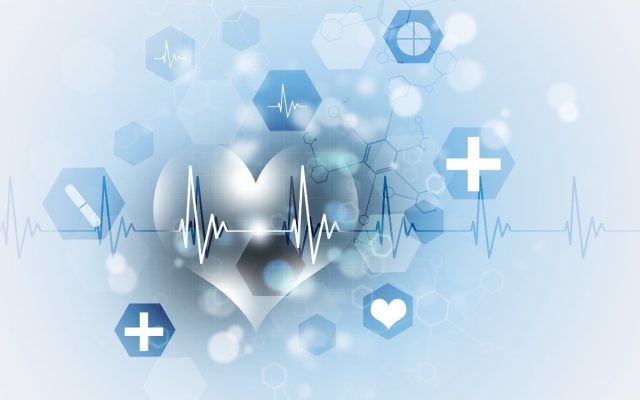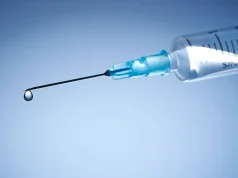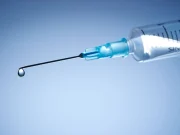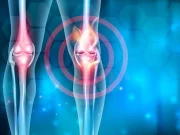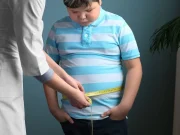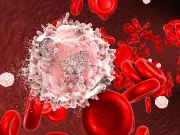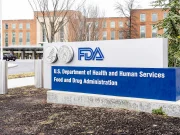After adjustment for baseline cardiovascular risk, pulmonary vein volume receiving 5 Gy linked to atrial fibrillation
By Elana Gotkine HealthDay Reporter
TUESDAY, Aug. 27, 2024 (HealthDay News) — For patients with locally advanced non-small cell lung cancer, radiotherapy dose to discrete cardiac substructures is associated with pathophysiologically distinct arrhythmia classes, according to a study published online in the August issue of JACC: CardioOncology.
Katelyn M. Atkins, M.D., Ph.D., from Cedars-Sinai Medical Center in Los Angeles, and colleagues conducted a retrospective analysis of 748 patients with locally advanced non-small cell lung cancer treated with radiotherapy to examine the association of distinct arrhythmia classes with cardiac substructure radiotherapy dose.
Of the participants, 128 (17.1 percent) experienced at least one grade ≥3 arrhythmia, with a median of 2.0 years to first arrhythmia. The researchers found that the two-year cumulative incidences were 8.0 percent for atrial fibrillation (AF), 2.7 percent for atrial flutter, 1.8 percent for non-AF and non-atrial flutter supraventricular tachyarrhythmia, 1.4 percent for bradyarrhythmia, and 1.1 percent for ventricular tachyarrhythmia or asystole. Pulmonary vein (PV) volume receiving 5 Gy was associated with AF after adjustment for baseline cardiovascular risk; left circumflex coronary artery volume receiving 35 Gy was associated with atrial flutter; PV volume receiving 55 Gy was associated with supraventricular tachyarrhythmia; right coronary artery volume receiving 25 Gy was associated with bradyarrhythmia; and left main coronary artery volume receiving 5 Gy was associated with ventricular tachyarrhythmia or asystole.
“These observations support continued fine mapping of cardiac substructure dose limits by considering cardiac physiological and pathophysiological mechanisms of disease,” the authors write.
Several authors disclosed ties to the pharmaceutical industry.
Copyright © 2024 HealthDay. All rights reserved.

